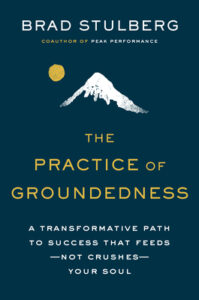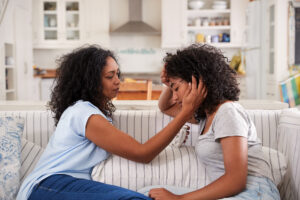Introducing Valera Health’s Therapeutic Book Club
By Emily Vanderhoff & Sedell Bobcomb

Book clubs present an excellent opportunity for participants to become involved in a new form of self-care and have the potential to help them develop their social identity while learning from other book club members by engaging in dynamic conversations full of new perspectives and insights.
Valera Health is excited to announce our latest group therapy offering, Therapeutic Book Club: Coping Between the Lines.
Our first-ever book club group focuses on books that cover wellness, self-care and other mental health related topics. Our book club, led by Valera Health therapists Emily Vanderhoff and Sedell Bobcomb, takes a unique approach of incorporating the positive benefits of group therapy. Group therapy allows for a space to be created with therapeutic structure and the ability to develop social interaction for those who find it a place of struggle.
Additional Benefits of Book Clubs
MacGillivray, Lassiter, Sauceda & Wiggin (2019), presented in their study the correlation of a recovery book club and sociocultural theory. Sociocultural theory provides an opportunity to explore perspectives and voices while in a specific setting. This setting can then shape individual and collective beliefs, attitudes, values and aspirations and how the practices respond to place, time and challenging circumstances (MacGillivray, Lassiter, Sauceda & Wiggin, 2019).
Our First Book Club Selection
Our first book club selection is The Practice of Groundedness: A Transformative Path To Success that feeds—Not Crushes—Your Soul by best-selling author Brad Stulberg.
In The Practice of Groundedness, Brad shares a healthier, more sustainable model for success with groundedness being at its core. The book interwaves modern interventions such as Acceptance Commitment Therapy (ACT) and Cognitive Behavioral Therapy (CBT) with traditions from Buddhism, Stoicism, and Taoism. He takes you on an in depth journey of the six principles of groundedness, as well as actionable steps to live a more grounded life.

How Do I Sign-Up for Coping Between The Lines Book Club?
Our first book club, Coping Between the Lines, offers book club members a wide array of benefits. As a participant, you’ll experience stimulating conversation with other individuals, gain new support and a sense of community and learn easy to incorporate skills to improve mental stability such as one minute meditations before we dive into the text and action steps to work on outside of the club based on the reading. Other benefits include creating a sense of normalcy, support for implementing self care, and an opportunity to explore how others view the world. We welcome you to join us on Wednesdays at 6pm EST.
To enroll in the Coping Between the Lines book club, fill out this quick form to schedule a free consultation with a designated Health Connector, or talk to your current Valera Health therapist about enrollment. Make sure to select “group therapy” under the “What brings you to therapy today?” section. Please note that at this time, this club is only available to those in New York. Stay tuned for more group therapy offerings from Valera Health in the future!
Works Referenced:
MacGillivray, L. Lassiter Ardell, A., Sauceda Curwen, M. & Wiggin. (2019). “I feel normal here”: The social functions of a book club in a residential recovery program. Journal of Language and Literacy Education. 14:2. Retrieved from: https://files.eric.ed.gov/fulltext/EJ1212454.pdf




